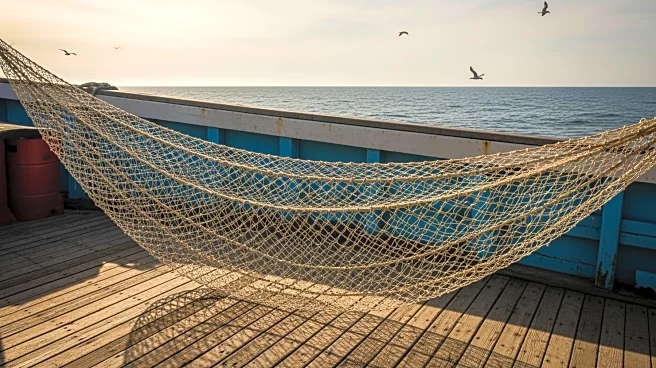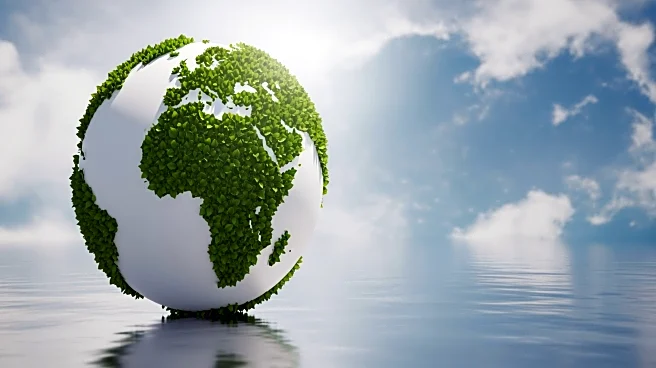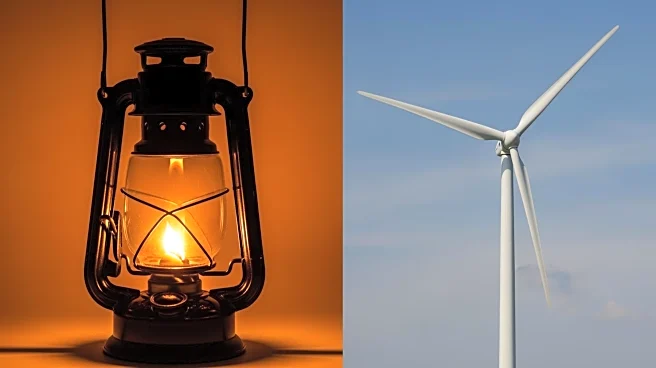What's Happening?
Alaska's Department of Labor and Workforce Development has reported a significant decline in the state's commercial fishing workforce, marking a record low in 2024. The sector lost 443 jobs, a 7.6 percent
decrease from the previous year, continuing a five-year trend of job losses. The average monthly employment in fish harvesting dropped to 5,393 in 2024, down from 8,501 in 2015. Factors contributing to this decline include rising costs, foreign competition, and instability within the seafood sector. The Bering Sea crab fisheries, for instance, faced closures due to stock crashes, reopening in 2024 with reduced catch limits. The COVID-19 pandemic further exacerbated the situation, with the industry experiencing a 50 percent decline in profitability from 2022 to 2023, resulting in a USD 1.8 billion loss.
Why It's Important?
The decline in Alaska's commercial fishing workforce has significant implications for the state's economy and communities reliant on the seafood industry. The reduction in jobs affects local economies, particularly in fishing communities where employment opportunities are limited. The economic challenges are compounded by President Trump's trade policies, which may increase pressure on prices as U.S. harvesters compete with countries benefiting from more favorable trade deals. The instability in the seafood sector, driven by climate change and unpredictable fish runs, poses long-term risks to sustainability and economic viability. The situation highlights the need for strategic interventions to support the industry and mitigate the impact on affected communities.
What's Next?
There is cautious optimism for job recovery in Alaska's fishing sector, with strong job growth observed in late 2024. However, the future remains uncertain due to ongoing trade negotiations and potential tariff increases under President Trump's administration. Stakeholders, including policymakers and industry leaders, may need to explore measures to stabilize the sector, such as diversifying markets and investing in sustainable practices. The reopening of fisheries with reduced catch limits suggests a move towards sustainability, but further efforts are required to ensure long-term resilience against economic and environmental challenges.
Beyond the Headlines
The decline in Alaska's fishing workforce underscores broader issues related to environmental sustainability and economic resilience. The impact of climate change on fish stocks and the volatility of global trade highlight the interconnectedness of ecological and economic systems. The situation calls for a reevaluation of fishing practices and policies to balance economic growth with environmental stewardship. Additionally, the social implications for communities dependent on fishing are profound, necessitating support systems to address unemployment and underemployment.












